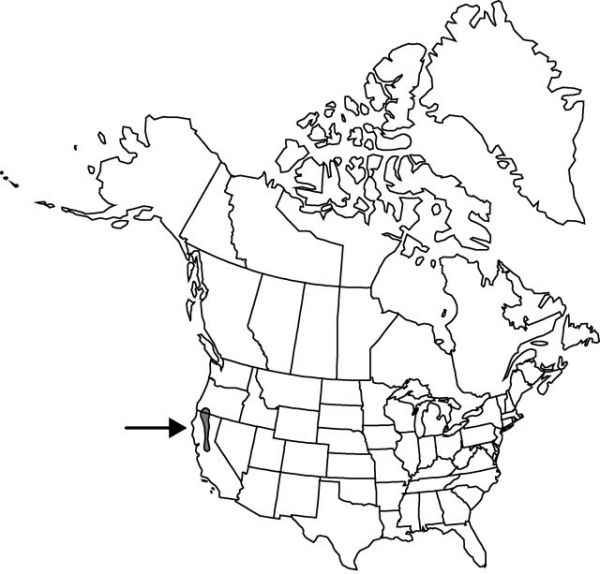Difference between revisions of "Triteleia ixioides subsp. unifolia"
Aliso 8: 243, figs. 15, 25. 1975.
FNA>Volume Importer |
FNA>Volume Importer |
||
| Line 46: | Line 46: | ||
|publication year=1975 | |publication year=1975 | ||
|special status= | |special status= | ||
| − | |source xml=https://jpend@bitbucket.org/aafc-mbb/fna-data-curation.git/src/ | + | |source xml=https://jpend@bitbucket.org/aafc-mbb/fna-data-curation.git/src/8f726806613d60c220dc4493de13607dd3150896/coarse_grained_fna_xml/V26/V26_701.xml |
|genus=Triteleia | |genus=Triteleia | ||
|species=Triteleia ixioides | |species=Triteleia ixioides | ||
Revision as of 17:46, 18 September 2019
Leaves usually only 1, relatively short, 10–20 cm. Scape 10–30 cm, smooth or slighty scabrous. Flowers: perianth dull yellow, sometimes with darker midvein color extending into abaxial portion of perianth, tube 5–7 mm, ca. 1/2 length of lobes, lobes spreading, 9–12 mm; short filaments 2–4 mm, long filaments 3–5 mm, apical appendages short, straight or incurved; anthers cream or yellow; pedicel 1–4 cm. 2n = 14, 16.
Phenology: Flowering spring.
Habitat: Coniferous forests, in clay and granite soils
Elevation: 600–2000 m
Discussion
Selected References
None.
Lower Taxa
None.
